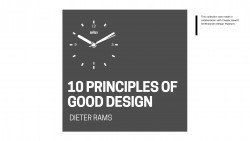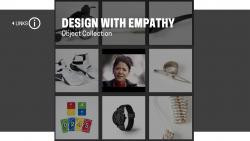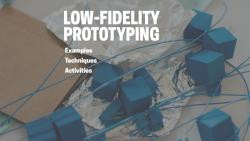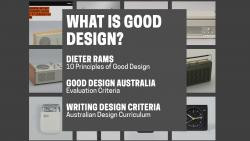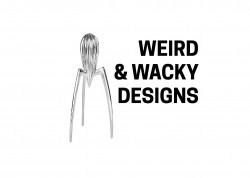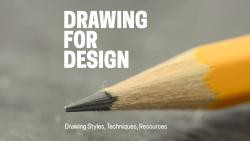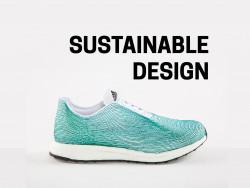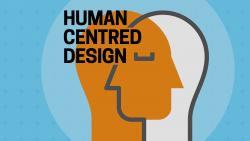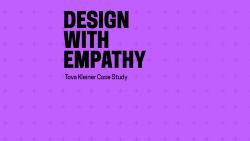Jasmine Kassulke
Design and Technology teacher
Education Queensland
Elementary (9 to 12 years old), Middle School (13 to 15 years old), High School (16 to 18 years old)
Teacher/Educator, Researcher, Museum Staff
Arts, Other
2019 Queensland Cooper Hewitt Fellow.
High School Design Teacher.
Griffith University Design Graduate.
All Design, All the time.
Jasmine Kassulke's collections
Dieter Rams Good Design
<p>Back in the late 1970s, Dieter Rams was becoming increasingly concerned by the state of the world around him: “An impenetrable confusion of forms, colours and noises.” Aware that he was a significant contributor to that world, he asked himself an important question: is my design good design? His answer is expressed in his ten principles for good design.</p>
<p>To understand what makes design good, we first must analyse how designers understand good design. You can do this by exploring the ‘Ten principles of good design’ by Dieter Rams (Vitsoe 2017). </p>
<p>Learning Goals:</p>
<ul><li>Explore the principles of good design developed by Dieter Rams</li><li>Identify the impact of Dieter Rams on past present and future designs</li><li>Analyse Dieter Rams objects to identify how the principles of good design are applied</li><li>Consider how the principles of good design can be used to develop design criteria essential for measuring the success of design ideas</li></ul>
 Jasmine Kassulke
Jasmine Kassulke
27
Prototyping: Built Environment
<p>A prototype is an experimental model of an idea. It is a way to give our ideas a presence that we can put in front of someone else to see if our idea has value. It is important to match the fidelity of the prototype to the stage of the design process. At the beginning we want to use low-fidelity prototypes. Low-Fidelity prototyping refers to rapid prototyping from cheap, readily available materials. At this stage we are testing broad concepts such as materials, forms, usability. </p>
<p>This learning lab collection documents low-fidelity prototyping objects, techniques, activities and examples specific to Built Environment Design (Architecture, Interior Design, Landscape Architecture). This collection is designed for use by students, teachers and parents. After you explore this learning lab collection you will be ready to embark on your own prototyping adventures.</p>
<p>Learning Goals:</p>
<ul><li>Understand the materials used in low-fidelity prototyping </li><li>Identify ways that designers gain inspiration for design ideas by exploring designed objects</li><li>Consider how ideas can be represented, tested and iterated using prototypes </li><li>Understand and explore techniques to create low-fidelity prototypes</li><li>Consider how prototypes are used at various stages of the design process </li></ul>
 Jasmine Kassulke
Jasmine Kassulke
29
DESIGN: Reflection Title Cards
<p>Use these title cards when creating learning lab collections to help categorise parts of your collection. These will assist with understanding the context for the content being displayed and prompt the direction of learning. </p>
 Jasmine Kassulke
Jasmine Kassulke
13
Inspiring Design Styles
<p>Designs are a reflection of their time and place. This collection showcases pivotal art and design styles from across history. It highlights the temporal nature of design and the way it influences and is influenced by society, culture, politics and science. <strong><br><br>Things to explore:</strong></p>
<ul><li>How do these historical design styles apply the elements and principles of design? </li><li>What key events have influenced the creation of this design style?</li><li>Who are the influential designers who used this style?</li><li>How does the design style influence current designers?</li></ul>
<p> </p>
 Jasmine Kassulke
Jasmine Kassulke
69
Design with Empathy: Michael Graves Case Study
<p>This collection is designed to explore the essential question: <strong>How do designers understand and experience the needs and wants of stakeholders?</strong> </p>
<p>It looks into the design with empathy approach used by Michael Graves to design and test the Prime TC wheelchair for use in a hospital environment. </p>
<p>Objectives:</p>
<ul><li>Examine methods for developing empathy for your stakeholders </li><li>Gain familiarity with the design process </li><li>Understand what the steps of the design process might look like in application </li></ul><p>Unpacking Questions: </p>
<p style="margin-left:0px;"></p>
<ul><li>What kind of things did the designers research?</li><li>What methods did they use to research and document primary data? </li><li>Who worked with the designers on this project? What value did this add to the project perspective?</li><li>Which stakeholders did the design specifically accommodate? </li><li>How were stakeholder needs prioritised?</li><li>What were the main issues the designer was trying to combat? </li><li>List the steps of the design process evident in the case study.</li></ul><p><br /></p>
<p></p>
 Jasmine Kassulke
Jasmine Kassulke
22
Weird and Wacky Designed Things
<p>This collection is full of weird and wacky designed objects. They are designed to to accompany the object of the day discussions in a classroom context. </p>
<p>Have students discuss:</p>
<p>• Describe the object?<br>• What is it?<br>• Why was it made?<br>• Who would use this?<br>• When was it made?<br>• Is it valuable?<br>• Is this design?</p>
<p>At any time students can re-visit objects and stories. </p>
 Jasmine Kassulke
Jasmine Kassulke
30
Visual Communication
<p>To become effective visual communicators, emerging artists and designers must first learn how to understand and apply the visual elements of art and design. This learning lab collection explores the elements and principles of visual communication for beginning artists and designers. </p>
<p> Learning Goals:</p>
<ul><li>Learn and practice the Elements of design </li><li>Understand and apply the Principles of design </li><li>Explore historic design styles to identify and describe prominent elements and principles </li></ul>
<p></p>
 Jasmine Kassulke
Jasmine Kassulke
25
Human-Centred Design
<p>This learning lab collection is for students and teachers to access tools and resources specific to Human Centred Design. </p>
<p>In this learning lab, students learn about and experience designing in the context of human-centred design (HCD). Fundamental to HCD is the principle that a designer considers human needs and wants as a higher priority than other influences throughout the design process. The success of a design depends on effectively considering the attitudes, expectations, motivations and experiences of humans. Designers use observations, interviews and experiences to acquire data about people and seek to avoid making assumptions about their needs and wants.</p>
<p>
Students will use designing with empathy as an approach to define problems by understanding and experiencing the needs and wants of stakeholders. Students interact with stakeholders throughout the process. Ideas and design concepts are evaluated throughout the process using feedback from stakeholders to determine suitability.</p>
 Jasmine Kassulke
Jasmine Kassulke
29
Design with Empathy: Tova Kleiner Case Study
<div>This Learning Lab explores Tova Kleiner's winning entry to the 2017 National High School Design Competition. Students were challenged to design a solution that improves a community's access to healthy, fresh foods using a Design with Empathy approach. </div>
<div><br /></div>
<div>While investigating this learning lab answer the following questions:</div>
<ul><li> Who did Tova identify as her stakeholder in this design challenge? </li><li>What parts of the design process are evident in this learning lab collection? </li><li>Was Tova’s final design a product, service, environment or a combination?</li><li>Describe the varying parts of Tova’s design solution: what does the end user receive?</li><li>How did the other example (the fresh food mobile market) tackle the same design problem in a different way? </li></ul><p>Be prepared to share your answers with the class!</p>
<p><br /></p>
<p><br /></p>
<p><br /></p>
<p><br /></p>
 Jasmine Kassulke
Jasmine Kassulke
15

